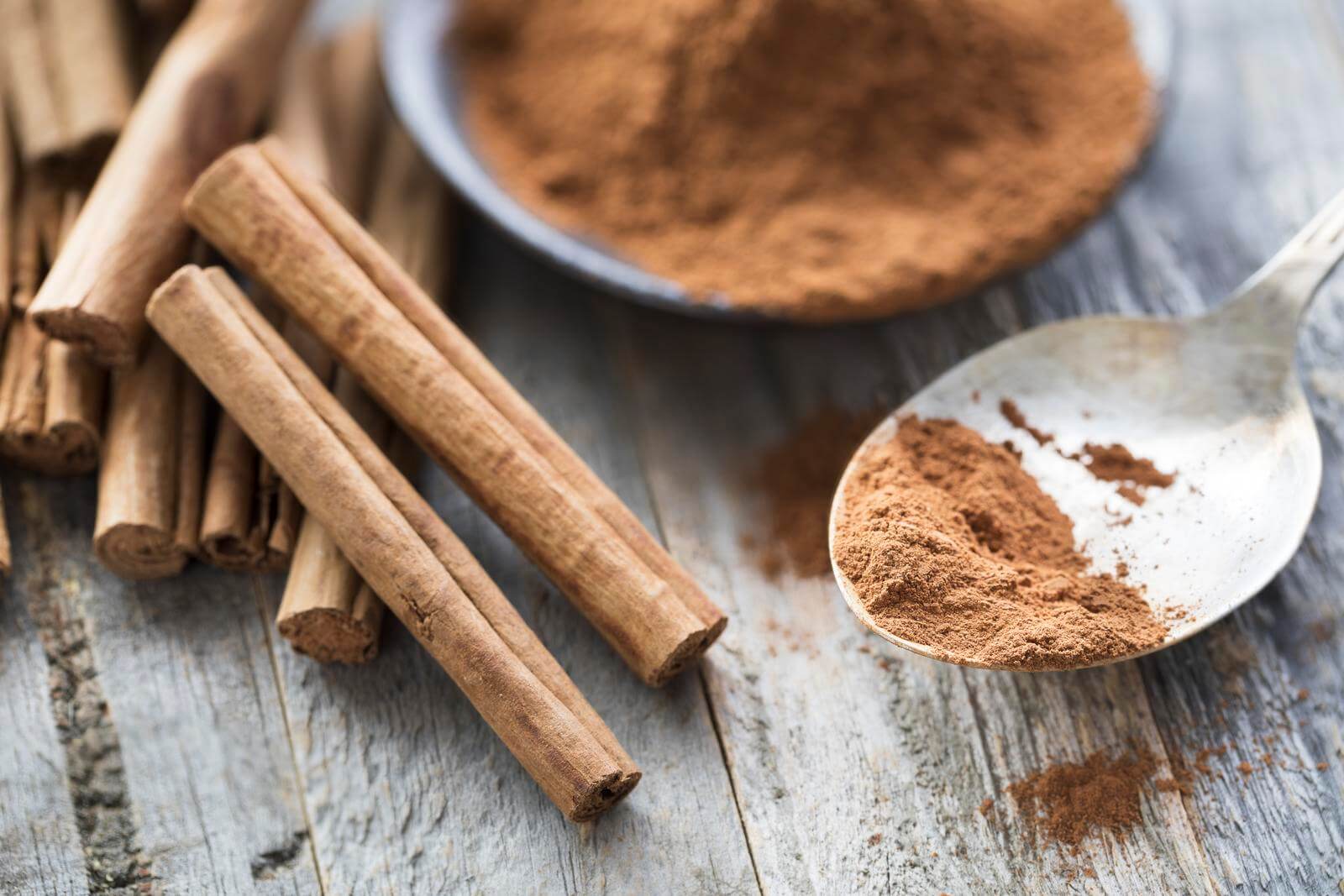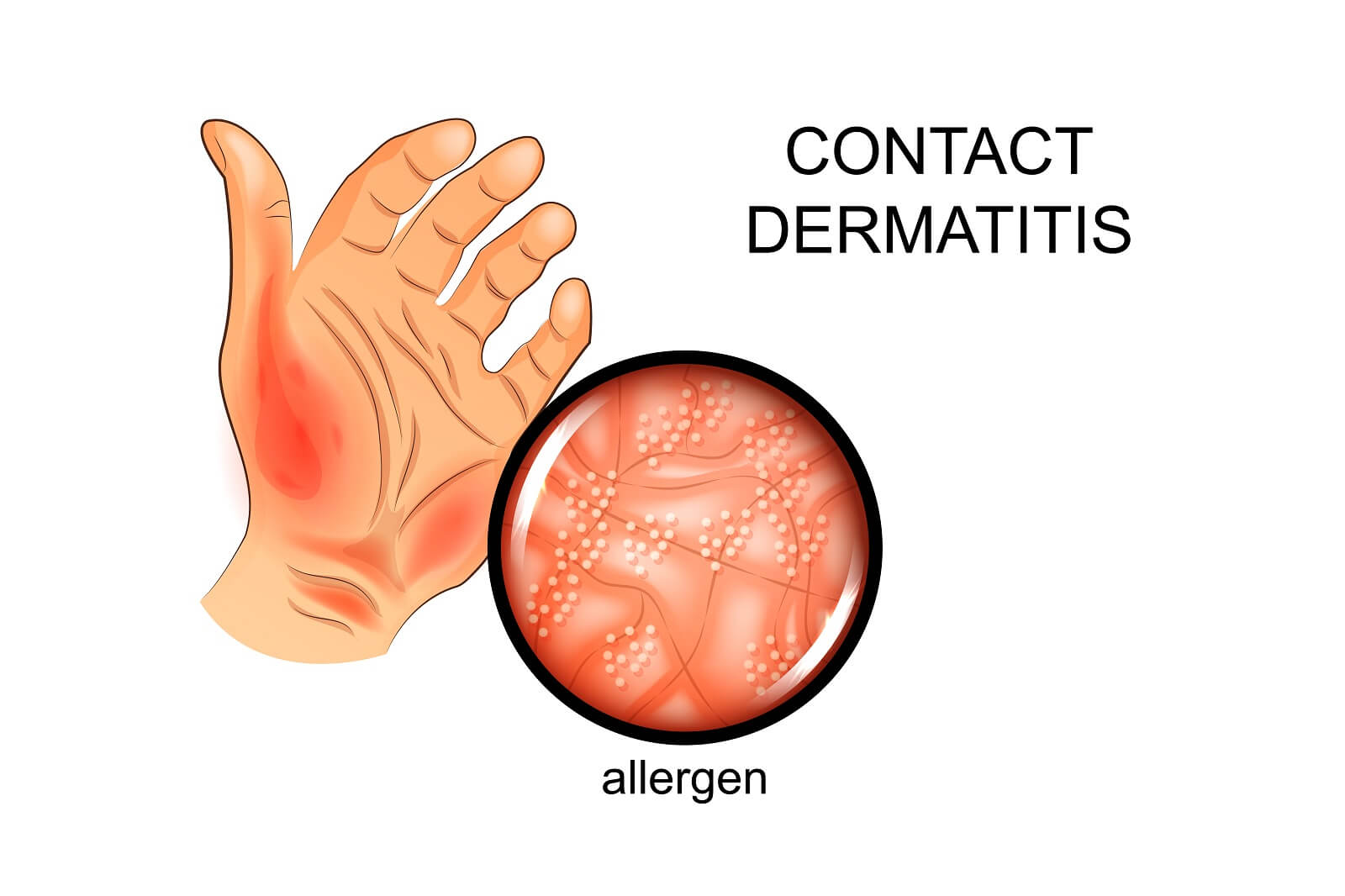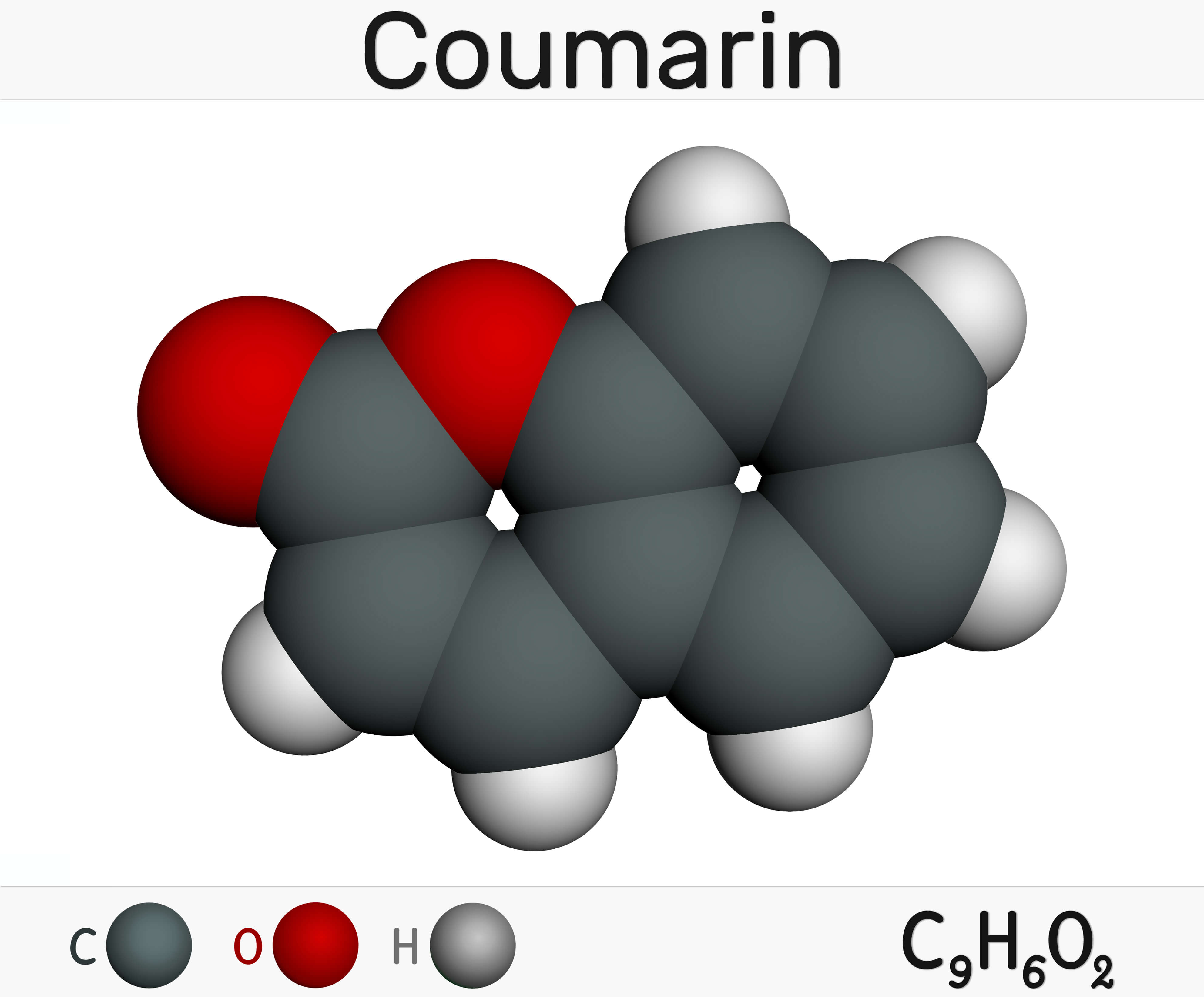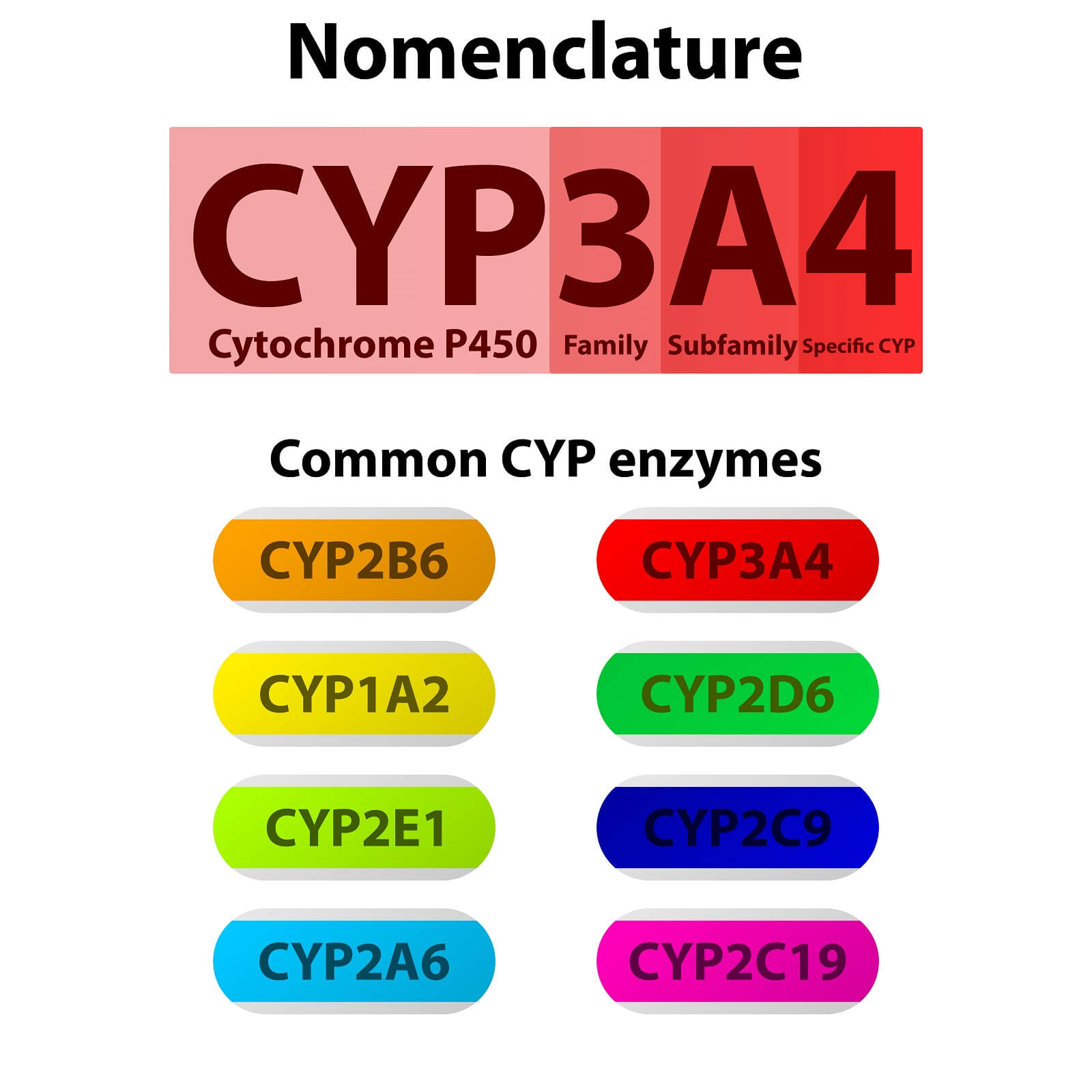
Cinnamon comes in two primary forms, “true” cinnamon (Cinnamomum zeylanicum) and cassia or Chinese cinnamon (Cinnamomum cassia). These two cinnamon species are practically indistinguishable in looks and flavor. Spice dealers often combine the two. But, cassia cinnamon is the most common form found in the United States.
Of course, cinnamon is a very common spice, and can be generally thought of as safe with a non-medicinal intake. Yet, there are some caveats to that statement, as it can cause some side effects.
The renowned, late medicinal herb expert Dr. James A. Duke (learn more about Dr. Duke from the USDA) discusses cinnamon in his book The Green Pharmacy Herbal Handbook(source 1). Concerning the safety of cinnamon, Dr. Duke thinks this herb is “safer than coffee.” Since coffee is one of the most popular herbs, he compares other herbs to it for ease of risk assessment.
Yet, Dr. Duke does state that cinnamon can cause allergic reactions to a handful of people and possibly weaken the effects of tetracycline (an antibacterial medication). The allergic reactions to cinnamon mostly consist of contact dermatitis, with symptoms such as:
- Rash
- Burning
- Itching
- Swollen lips
- Swollen tongue
The next thing to be aware of when taking cinnamon is a chemical known as coumarin. Coumarin is one of the main components of cinnamon; and, has been indicated to be carcinogenic (something that causes cancer) and able to harm the liver.(source 5) We will cover this topic more in depth later on in this article.
Another thing to be aware of if you plan on using a medicinal dose of cinnamon is that it can cause interactions with about 3% of pharmaceuticals.(source 13) Possibly most importantly, nicotine and steroids are metabolized by this enzyme.
So if you use tobacco or vape, and especially if you take other medications cinnamon can influence with nicotine simultaneously, make sure to consult a medical professional before you start using cinnamon medicinally. We will discuss drug interactions with cinnamon more in depth later in this article as well.
Cinnamon Dosage Guidelines
An umbrella review in Frontiers in Pharmacology.(source 5) stated the tolerable daily dose of cinnamon has been found to be 0.1 mg/kg of body weight. Thus, you can safely take in 0.1 mg of cinnamon for every kg of body weight that you have.
Dr. Duke, in The Green Pharmacy Herbal Handbook(source 1) provides dosage instructions for taking cinnamon as well. The suggested dosage guidelines for cinnamon provided by Dr. Duke are as follows:
- 1 teaspoon of cinnamon in a cup of hot water two or three times a day
- 1/2 to 1 mL of liquid extract
- 1/2 to 1 teaspoon of cinnamon tincture
- 0.3 to 1.0 g of powdered bark
Dr. John Herzog (MD)
Dr. John Herzog, a "survival surgeon" from Maine explains what home remedies work best in a crisis situation.
This may be important in the event you require first-aid or are in an emergency situation without easy access to a hospital. Dr. John Herzog has assembled a large collection of home remedies for such scenarios.

A Brief Overview of Cinnamon
According to a 2019 study in Clinical Nutrition(source 2) Cinnamon has been utilized for thousands of years by various cultures around the world as a spice. The genus of these plants is Cinnamomum, and the four most frequently used species in this genus are: C. zeylanicum, C. cassia, C.loureirii, and C. burmanni. Traditional Chinese, Persian, Indian, and Unani medicine have used cinnamon historically.
Some of the popular medicinal uses of this spice today are:
- Amenorrhea
- Common Cold
- Diarrhea
- Fever
- Flatulence
- Headache
- Leukorrhea
- Toothache
Traditional medicine practices also used cinnamon for:
- Cardiovascular Diseases
- Cough
- Dyspnea
- Eye Inflammation
- Frigidity
- Impotency
- Neuralgia
- Rheumatism
- Vaginal Infections
Claire Goodall’s Amazing Guide
Clair Goodall is a bee-obsessed, natural medicine convert from Minnesota (USA). And, she does keep bees!
Clair has created 350+ page book documenting how to replace the toxic products and medications in your home with healthier, all-natural alternatives.

Chemical Constituents of Cinnamon

A 2007 study in Food and Chemical Toxicology(source 3) determined the chemical composition of the oleoresins (semi-solid extracts composed of resin and essential or fatty oil which stay behind after extraction solvents are evaporated) and essential oils of cinnamon made from Cinnamomum zeylanicum (C. zeylanicum) bark and cinnamon leaves.
If you didn't know, cinnamon leaf essential oil is another common natural remedy that is used. Bark and leaf products differ significantly in their chemical composition.
To make the oleoresins, plant material was extracted with acetone and then evaporated. The following figures are a few of the most abundant chemicals in the essential oils and oleoresins of the leaves and bark of cinnamon.
C. zeylanicum bark oleoresin composition (5 most abundant compounds):
- 50.0% — E-cinnamaldhyde
- 16.6% — Coumarin
- 7.8% — Delta-Cadinene
- 4.6% — Alpha-Copaene
- 4.4% — Alpha-Muurolene
C. zeylanicum leaf oleoresin composition (3 most abundant compounds):
- 87.2% — Eugenol
- 1.7% — Bicyclogermacrene
- 1.7% — Spathulenol
What Cinnamon Essential Oil is Made of
The essential oil of cinnamon is a popular, and effective, way to utilize this herb medicinally. Essential oil can be made either from the bark of leaves of the cinnamon plant. The chemical constituents of the oil will differ depending upon the species and plant part used to create the oil.
C. zeylanicum Bark Essential Oil Constituents (4 most abundant):
- 97.7% — E-cinnamaldehyde
- 0.9% — Delta-Cadinene
- 0.8% — Alpha-Copaene
- 0.5% — Alpha-Amorphene
C. zeylanicum Leaf Essential Oil Constituents (4 most abundant):
- 87.3% — Eugenol
- 3.6% — Bicyclogermacrene
- 1.9% — Beta-Caryophyllene
- 1.9% — Alpha-Phellandrene
So we see the bark essential oil of cinnamon contains mostly cinnamaldehyde and the leaf oil contains mostly eugenol.
It may be better to opt for the bark oil when it comes to using essential oil medicinally; and get the eugenol from clove oil. Clove oil is mostly eugenol. Clove bud essential oil contains 70% to 95% eugenol. Clove stem oil contains about 90% to 95% eugenol.(source 4)
The Most Common Side Effects of Cinnamon

A systematic review published in 2019 in Clinical Nutrition(source 2) performed a fairly comprehensive review of scientific literature regarding the use of cinnamon. This review had the specific intent of investigating side effects.
This review looked at 38 clinical trials encompassing a total of 982 participants taking cinnamon medicinally. The review found that relatively few side effects were reported.
Concerning their findings, the study authors state the following:
Methods on collecting information of adverse events [are] different and in many cases not accurate enough. However, since clinical trials are controlled, reported events are more accurate in comparison with other methods…
The most frequent complaints were self-limiting and gastrointestinal disorders. In most cases no significant differences were observed between the cinnamon and the control groups.
Nutrition [38.2 (2019): 594-602]
The review also looked at various case reports of adverse events related to using cinnamon. These case reports document particular instances where negative reactions to this herb occurred.
Case reports are helpful, the review stated, due to the fact that they can provide more comprehensive details about individual patients; along with more information about the relationship to the spice and the outcome.
These case reports mostly revealed different types of allergic reactions to cinnamon which were self-limiting (health problems that can be treated at home and will resolve on their own without seeing a medical professional) in the majority of situations.
The review concluded the following about the safety of using cinnamon:
In conclusion, the available data suggests that cinnamon is safe to be used in routine diet as [a] spice and/or flavoring agent. It is also well tolerated in controlled clinical settings. However, its use for medicinal purposes, in large doses or long durations, may lead to some adverse effects...
The most significant adverse events are stated in case reports with limited causality assessment. Reports from clinical trials were also mostly minor and self-limiting.
Nutrition [38.2 (2019): 594-602]
An important umbrella review of other reviews and meta-analysis of randomized clinical trials was published in 2022 in Frontiers in Pharmacology.(source 5)
It is important to define "umbrella review," so I will explain this briefly. Umbrella reviews are reviews of existing systematic reviews on a given topic—essentially a "review of reviews." This is sometimes important when different reviews lead to conflicting assessments.(source 6)
Umbrella reviews therefore give a more overall, comprehensive summarization of a given topic.(source 6) Some might say they are one of the highest levels of evidence about the facts of a particular topic.
This umbrella review in Frontiers in Pharmacology stated the tolerable daily dose of cinnamon has been found to be 0.1 mg/kg. Thus, you can safely take in 0.1 mg of cinnamon for every kg of body weight that you have.
The review also noted one of the most important things to understand about cinnamon: the presence of coumarin. Coumarin is one of the main components of cinnamon; and, has been indicated to be carcinogenic (something that causes cancer) and able to harm the liver.
Another side effect the authors of the study state is that the cinnamaldehyde in electronic cigarette vaping fluid may cause harm to the respiratory system.
Hypersensitivity reactions (excessive or incorrect reactions by the immune system to an allergen or antigen [something that stimulates an immune system response](source 7)) can occur with the use of cinnamon.
Some hypersensitivity reactions to cinnamon include:
- Contact Dermatitis (a rash caused by contact with a substance or an allergic reaction to it)
- Gingivitis
- Perioral Dermatitis
- Stomatitis
It was also noted that cinnamaldehyde and cinnamol are very capable of causing contact dermatitis.
This umbrella review concluded that when you take cinnamon within the specified daily limit it does not have significant side effects.
The umbrella review concluded by stating:
This study summarized existing evidence on the safety of cinnamon, showing that cinnamon does not cause obviously increased adverse effects when used on a large scale...
...while cinnamon is effective for many of its benefits, it does not increase the risk of injury or mortality. The results of this study implied that cinnamon can be used as [another treatment used together with a main treatment] in the clinic field in future years, and its safety can be guaranteed.
Frontiers in Pharmacology [12 (2022): 790901]
The Dangers of Coumarin in Cinnamon

A 2014 study published in Food Control(source 8) looked at coumarin content in 74 food samples containing cinnamon on the Danish market. The study also explains the physiological relevance of coumarin.
According to this study, coumarin is a chemical that is toxic to the liver and naturally found in various Cinnamomum species like Cinnamomum cassia (C. cassia). C. cassia is commonly referred to as cassia cinnamon or Chinese cinnamon.
It was shown in 2004 that coumarin had a carcinogenic (cancer causing) effect. Additionally, certain people are sensitive to the liver damaging effects of coumarin.
The European Food Safety Authority has established the tolerable daily intake of coumarin to be 0.1 mg coumarin/kg of body weight.
Importantly, C. cassia contains high amounts of coumarin compared to C. zeylanicum (commonly referred to as true or Ceylon cinnamon; the taxonomic name also has the synonym of Cinnamomum verum).
Currently, many foods contain C. cassia; meaning more coumarin is present in them.
Coumarin Content of Cinnamon
A study published in 2010 in the Journal of Agricultural and Food Chemistry(source 9) looked at the coumarin content in 47 cinnamon powder and 44 cinnamon stick samples in Germany. The German retail market confirmed there were high levels of coumarin in cassia cinnamon.
The coumarin content of the cinnamon products on the German market is as follows:
- 40 cassia cinnamon powder samples
- Range: 1,740 mg/kg to 7,670 mg/kg
- Average: 4,020 mg/kg.
- 29 cassia stick’s coumarin content
- Range: below the limit of detection to 9,900 mg/kg
- Average: 3,252 mg/kg
- Note: Much more variation was found in cassia sticks. In 16 stick samples coumarin content was below 1,600 mg/kg with 9 stick samples having less than 400 mg/kg.
- 7 Ceylon cinnamon powder samples
- Range: less than detectable to 64 mg/kg
- Average: less than detectable amounts
- 15 Ceylon cinnamon stick samples
- Range: less than detectable to 486 mg/kg
- Average: 185 mg/kg
Coumarin Content in Food Items
Back to the 2014 study in Food Control,(source 8) they looked at 74 different food samples on the Danish market and analyzed the coumarin content of these foods.
The coumarin content for the Danish food samples is as follows:
- 18 Traditional / Seasonal Bakery Items
- Range: 3.8 to 35.0 mg/kg
- Average: 19.5 mg/kg
- 4 Breakfast Cereal Items
- Range: 0.9 to 10.0 mg/kg
- Average: 3.3 mg/kg
- 35 Fine Bakery Items
- Range: 0.4 mg/kg to 53.4 mg/kg
- Average: 16.5 mg/kg
- Note: 17 samples (49%) were over the European Union limit for coumarin.
- 3 Dessert Food Items
- Range: 1.0 to 5.1 mg/kg
- Average: 3.3 mg/kg
- 12 Cinnamon Tea Samples (ready to drink)
- Range: 0 to 12.0 mg/kg
- Average: 2.2 mg/kg
- Note: Most of the teas were labeled as chai tea.
Potential Drug Interactions with Cinnamon

Pictured here are various Cytochrome P450 enzymes (CYP). These enzymes break down foreign substances, such as drugs, that enter the body. When you take a lot of cinnamon, it can interfere with a certain CYP enzyme known as CYP2A6. The result is unexpected drug metabolism and thus interactions.
Yet, CYP2A6 only comprises about 4% of total CYP content.(source 11)
A 2020 study in Drug Metabolism and Disposition(source 10) found that cinnamon can interact with certain drugs metabolized by an enzyme known as CYP2A6.
CYP2A6 is one of many human cytochrome P450 enzymes (CYP).
So what is CYP? CYP is a heme protein (a protein with a heme moiety, the heme moiety [a moiety is a part of a molecule existing in other molecules as well] contains an iron atom) that has a crucial role in the metabolism of drugs and other chemicals foreign to the body (i.e., xenobiotics).(source 12)
There are many CYP enzymes, and different drugs are metabolized by CYP enzymes differently. In the case of CYP2A6, about 3% of pharmaceutical drugs are metabolized by this CYP enzyme.(source 13) Possibly most importantly, nicotine is metabolized by this enzyme into cotinine.(source 11)
Examples of Drugs Metabolized by CYP2A6
According to the 2014 Handbook of Pharmacogenomics and Stratified Medicine(source 13) these are a few of the drugs that are metabolized by CYP2A6:
- Artesunate
- Coumarin
- Disulfiram
- Environmental Toxins
- Fadrozole
- Halothane
- Letrozole
- Methoxyflurane
- Nicotine
- Procarcinogens
- Retinoic Acids
- Steroids
- Tegafur
- Valproic Acid
How Much Cinnamon Will Cause Drug Interactions?
The 2020 study in Drug Metabolism and Disposition(source 10) stated that it would take significant exposure to one chemical in cinnamon that causes CYP2A6 inhibition; this chemical is cinnamaldehyde. Their estimate is that it would take exposure to 275 mg of cinnamaldehyde to see noteworthy interactions.
So, how much cinnamaldehyde is in cinnamon bark powder?
A 2016 study in Drug Metabolism and Disposition(source 14) discussed this very issue in the same context of CYP2A6 inhibition. According to this study:
The concentration of [cinnamaldehyde] in commercial cinnamon powder ranges from 8.2 to 27.5 mg per gram. Doses from 1 to 10 g of encapsulated cinnamon powder are used for diabetes mellitus to lower blood sugar, corresponding, therefore, to exposure of 8 to 275 mg of [cinnamaldehyde].
Drug Metabolism and Disposition [44.4 (2016): 534-543]
Therefore if you are using some form of nicotine, note that medicinal doses of cinnamon could lead to increased levels of this chemical in your system; as it is not properly metabolized by the CYP2A6 enzyme.
Additionally, note the list of drugs that CYP2A6 metabolizes, and make sure to check with a medical professional before you start taking large amounts of cinnamon if you use one or more of these drugs. And, since nicotine use is so ubiquitous, if any of the other CYP2A6 metabolized drugs are influenced by nicotine in some way, taking cinnamon might rapidly escalate drug interaction problems.
About the Author
Geoff Kent is a natural medicine enthusiast who has been researching and writing about natural medicine since 2008. Geoff is primarily a web developer, but also researches and authors written and video content about natural health. Geoff has a bachelor’s degree in Management Information Systems from the University of Northern Iowa.
More on Geoff KentImportant Disclosures & Disclaimers
It is important to use the information you find on Herbsey.com in the right way. Also for legal reasons, these disclaimers and disclosures are necessary. For further information about each, feel free to click the link provided to the page on this website that provides more information.
Medical Disclaimer
The information on this website is not a prescription for anyone. This information is for informational or educational purposes only, and is not a substitute for professional medical advice or consultations with healthcare professionals.
Advertisement Disclosure
Some of the links provided on this article and website are affiliate links. If you purchase a product after clicking on these links, Herbsey.com will earn a commission. Herbsey.com promotes various products through advertisement and text links. For more information: Our Advertisements.






